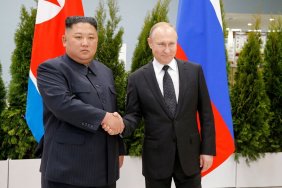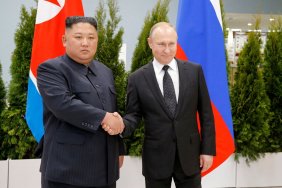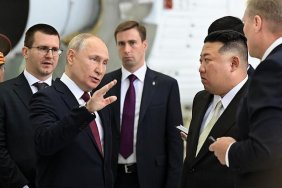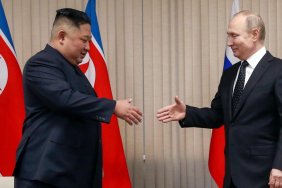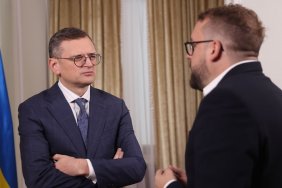North Korea held a nighttime parade, displaying more intercontinental ballistic missiles than ever before and hinting at new solid-fuel weapons.
The state North Korean mass media reported on the parade, writes the Reuters agency.
North Korea held an overnight military parade in Pyongyang on Wednesday to mark the 75th anniversary of the founding of its military. North Korean leader Kim Jong-un attended with his daughter, who is seen as a possible future leader in the hereditary dictatorship.
Footage released by state media shows 11 of North Korea's largest intercontinental ballistic missiles, the Hwasong-17. They have a range sufficient to strike a nuclear warhead almost anywhere in the world.
"That's more ICBM launchers combined than we've seen at a North Korean parade," commented Ankit Panda of the US Carnegie Endowment on Twitter.
The Hwasong-17 was first tested last year.
In addition to the Hwasong-17 missiles, the parade featured prototypes or mockups of a new solid-fuel intercontinental ballistic missile.
Most of the country's largest ballistic missiles use liquid fuel, requiring them to be refueled at the launch site, a time-consuming process.
Developing a solid-fuel ICBM has long been seen as a key goal for the country, as it could make its nuclear missiles more difficult to detect and destroy.
It is not known how close the alleged new missile may be to testing. North Korea sometimes displays models in parades.

